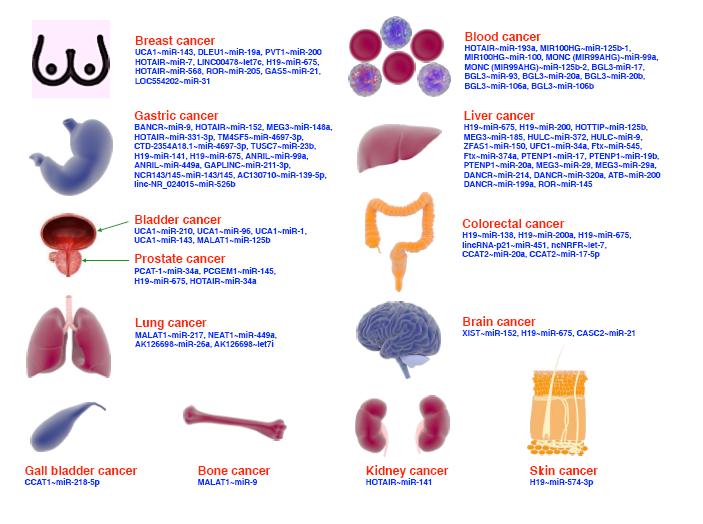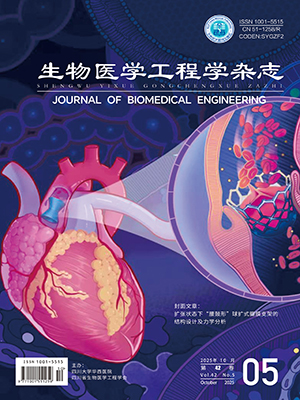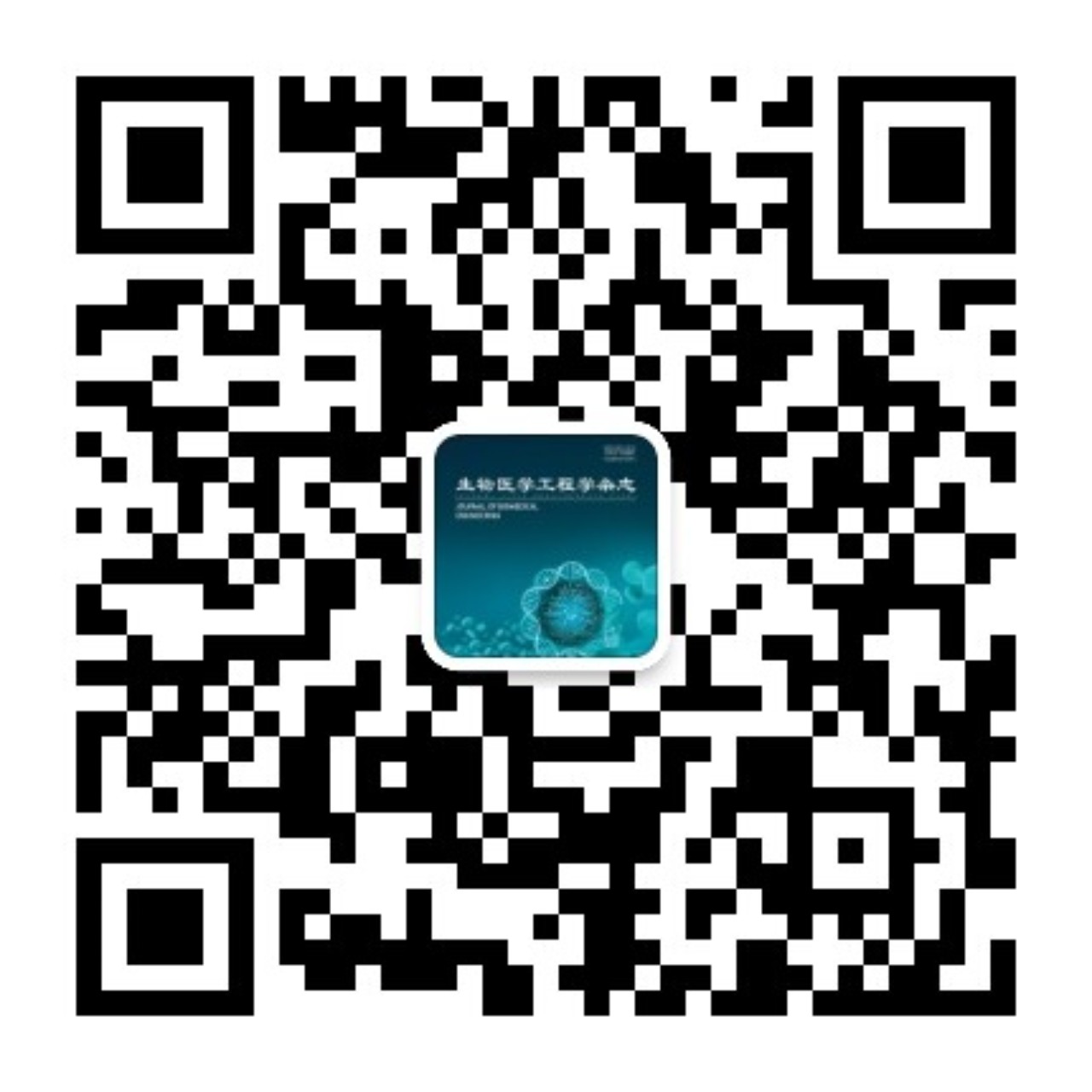| 1. |
Kesikburun S. Non-invasive brain stimulation in rehabilitation. Turk J Phys Med Rehabil, 2022, 68(1): 1-8.
|
| 2. |
Rossi S, Santarnecchi E, Feurra M. Noninvasive brain stimulation and brain oscillations. Handb Clin Neurol, 2022, 184: 239-247.
|
| 3. |
龙淑媛, 叶经香, 王桂瑜. 左背外侧前额叶阳极经颅直流电刺激联合康复训练对脑卒中后肢体运动障碍患者的心理和运动功能的影响. 国际精神病学杂志, 2024, 51(4): 1230-1232,1236.
|
| 4. |
Hu Y, Jia Y, Sun Y, et al. Efficacy and safety of simultaneous rTMS–tDCS over bilateral angular gyrus on neuropsychiatric symptoms in patients with moderate Alzheimer's disease: a prospective, randomized, sham-controlled pilot study. Brain Stimulation, 2022, 15(6): 1530-1537.
|
| 5. |
Borrione L, Cavendish B A, Aparicio L V M, et al. Home-use transcranial direct current stimulation for the treatment of a major depressive episode: a randomized clinical trial. JAMA Psychiatry, 2024, 81(4): 329-337.
|
| 6. |
Adeel M, Chen C C, Lin B S, et al. Safety of special waveform of transcranial electrical stimulation (TES): in vivo assessment. International Journal of Molecular Sciences, 2022, 23(12): 6850.
|
| 7. |
Guerra A, D'Onofrio V, Asci F, et al. Assessing the interaction between L-dopa and γ-transcranial alternating current stimulation effects on primary motor cortex plasticity in Parkinson's disease. European Journal of Neuroscience, 2023, 57(1): 201-212.
|
| 8. |
孟纬钰, 张丞, 吴昌哲, 等. 经颅电刺激用于深脑刺激的研究进展. 生物医学工程学杂志, 2023, 40(5): 1005-1011.
|
| 9. |
Liu Y, Liu S, Tang C, et al. Transcranial alternating current stimulation combined with sound stimulation improves cognitive function in patients with Alzheimer’s disease: study protocol for a randomized controlled trial. Frontiers in Aging Neuroscience, 2023, 14: 1068175.
|
| 10. |
Hsu C Y, Liu T L, Lee D H, et al. Amplitude modulating frequency overrides carrier frequency in tACS-induced phosphene percept. Human Brain Mapping, 2023, 44(3): 914-926.
|
| 11. |
Pascual-Leone A, Valls-Solé J, Wassermann E M, et al. Responses to rapid-rate transcranial magnetic stimulation of the human motor cortex. Brain, 1994, 117(4): 847-858.
|
| 12. |
Thut G, Miniussi C, Gross J. The functional importance of rhythmic activity in the brain. Current Biology, 2012, 22(16): R658-R663.
|
| 13. |
Hosseinian T, Yavari F, Biagi M C, et al. External induction and stabilization of brain oscillations in the human. Brain Stimulation, 2021, 14(3): 579-587.
|
| 14. |
Tikka S K, Siddiqui M A, Garg S, et al. Clinical practice guidelines for the therapeutic use of repetitive transcranial magnetic stimulation in neuropsychiatric disorders. Indian Journal of Psychiatry, 2023, 65(2): 270-288.
|
| 15. |
Li X, Liu J, Wei S, et al. Cognitive enhancing effect of rTMS combined with tDCS in patients with major depressive disorder: a double-blind, randomized, sham-controlled study. BMC Medicine, 2024, 22(1): 253.
|
| 16. |
Thut G, Veniero D, Romei V, et al. Rhythmic TMS causes local entrainment of natural oscillatory signatures. Current Biology, 2011, 21(14): 1176-1185.
|
| 17. |
Hanslmayr S, Axmacher N, Inman C S. Modulating human memory via entrainment of brain oscillations. Trends in Neurosciences, 2019, 42(7): 485-499.
|
| 18. |
何梦凡. 经颅交流电刺激对神经活动的夹带作用及机制的研究. 成都: 电子科技大学, 2024.
|
| 19. |
Zhao Z, Shirinpour S, Tran H, et al. Intensity-and frequency-specific effects of transcranial alternating current stimulation are explained by network dynamics. Journal of Neural Engineering, 2024, 21(2): 24-26.
|
| 20. |
Anil S, Lu H, Rotter S, et al. Repetitive transcranial magnetic stimulation (rTMS) triggers dose-dependent homeostatic rewiring in recurrent neuronal networks. PLoS Computational Biology, 2023, 19(11): e1011027.
|
| 21. |
Takahashi K, Glinski B, Salehinejad M A, et al. Induction and stabilization of brain oscillations in delta frequency by phase-synchronized rTMS and tACS. Brain Stimulation: Basic, Translational, and Clinical Research in Neuromodulation, 2023, 16(1): 227-228.
|
| 22. |
Takahashi K, Glinski B, Salehinejad M A, et al. Induction and stabilization of delta frequency brain oscillations by phase-synchronized rTMS and tACS. Brain Stimulation, 2024, 17(5): 1086-1097.
|
| 23. |
Gong Y, Long X M, Xu Y, et al. Effects of repetitive transcranial magnetic stimulation combined with transcranial direct current stimulation on motor function and cortex excitability in subacute stroke patients: a randomized controlled trial. Clinical Rehabilitation, 2021, 35(5): 718-727.
|
| 24. |
Opitz A, Windhoff M, Heidemann R M, et al. How the brain tissue shapes the electric field induced by transcranial magnetic stimulation. Neuroimage, 2011, 58(3): 849-859.
|
| 25. |
Huang Y Z, Edwards M J, Rounis E, et al. Theta burst stimulation of the human motor cortex. Neuron, 2005, 45(2): 201-206.
|
| 26. |
Briley P M, Boutry C, Webster L, et al. Intermittent theta burst stimulation with synchronised transcranial alternating current stimulation leads to enhanced frontal theta oscillations and a positive shift in emotional bias. Imaging Neuroscience, 2024, 2: 1-14.
|
| 27. |
Liu M, Xu G, Yu H, et al. Effects of transcranial direct current stimulation on EEG power and brain functional network in stroke patients. IEEE Transactions on Neural Systems and Rehabilitation Engineering, 2023, 31: 335-345.
|
| 28. |
Lee J, Park E, Lee A, et al. Modulating brain connectivity by simultaneous dual-mode stimulation over bilateral primary motor cortices in subacute stroke patients. Neural Plasticity, 2018, 2018: 1458061.
|
| 29. |
Jayan J, Narayan S K, Haniffa Y N, et al. Somatosensory evoked potentials amplitude is enhanced after non-invasive brain stimulation in chronic ischemic stroke: preliminary results from a randomised control trial. Journal of Stroke and Cerebrovascular Diseases, 2024, 33(1): 107418.
|
| 30. |
Hu A M, Huang C Y, He J G, et al. Effect of repetitive transcranial magnetic stimulation combined with transcranial direct current stimulation on post-stroke dysmnesia: a preliminary study. Clinical Neurology and Neurosurgery, 2023, 231: 107797.
|
| 31. |
罗雅丽, 陈劲松, 白洁, 等. 经颅直流电刺激联合重复经颅磁刺激治疗脑卒中后认知障碍的疗效. 中国实用神经疾病杂志, 2022, 25(10): 1203-1209.
|
| 32. |
Liao W Y, Hand B J, Cirillo J, et al. Gamma transcranial alternating current stimulation has frequency-dependent effects on human motor cortex plasticity induced by theta-burst stimulation. European Journal of Neuroscience, 2025, 61(3): e70018.
|
| 33. |
Guerra A, Asci F, D'Onofrio V, et al. Enhancing gamma oscillations restores primary motor cortex plasticity in Parkinson's disease. Journal of Neuroscience, 2020, 40(24): 4788-4796.
|
| 34. |
Taylor H, Nicholas P, Hoy K, et al. Functional connectivity analysis of the depression connectome provides potential markers and targets for transcranial magnetic stimulation. Journal of Affective Disorders, 2023, 329: 539-547.
|
| 35. |
Maiella M, Casula E P, Borghi I, et al. Simultaneous transcranial electrical and magnetic stimulation boost gamma oscillations in the dorsolateral prefrontal cortex. Scientific Reports, 2022, 12(1): 19391.
|
| 36. |
Borghi I, Maiella M, Mencarelli L, et al. Precuneus stimulation with combined NIBS: simultaneous gamma-tACS and rTMS. Brain Stimulation: Basic, Translational, and Clinical Research in Neuromodulation, 2023, 16(1): 339.
|
| 37. |
Salehinejad M A, Glinski B, Sharifi K, et al. Functional connectivity changes in the brain following 40 Hz noninvasive brain stimulation protocols with iTBS and tACS. Brain Stimulation: Basic, Translational, and Clinical Research in Neuromodulation, 2025, 18(1): 497.
|
| 38. |
Zimmermann N, Koenig T, Riesen A S, et al. Enhancing prefrontal modulation by phase-locking intermittent theta burst stimulation to a concurrent transcranial alternating current stimulation. Imaging Neuroscience, 2025, 3: 00415.
|
| 39. |
Zhou D, Li X, Wei S, et al. Transcranial direct current stimulation combined with repetitive transcranial magnetic stimulation for depression: a randomized clinical trial. JAMA Network Open, 2024, 7(11): e2444306.
|
| 40. |
World Health Organization. ICD-10 Version: 2019. (2019) [2021-04-15]. https://icd.who.int/browse10/2019/en.
|
| 41. |
Fu L, Xiang D, Xiao J, et al. Reduced prefrontal activation during the tower of London and verbal fluency task in patients with bipolar depression: a multi-channel NIRS study. Frontiers in Psychiatry, 2018, 9: 214.
|
| 42. |
Zhou H, Wang M, Xu T, et al. Cognitive remediation in patients with bipolar disorder: a randomized trial by sequential tDCS and navigated rTMS targeting the primary visual cortex. CNS Neurosci Ther, 2024, 30(12): e70179.
|




